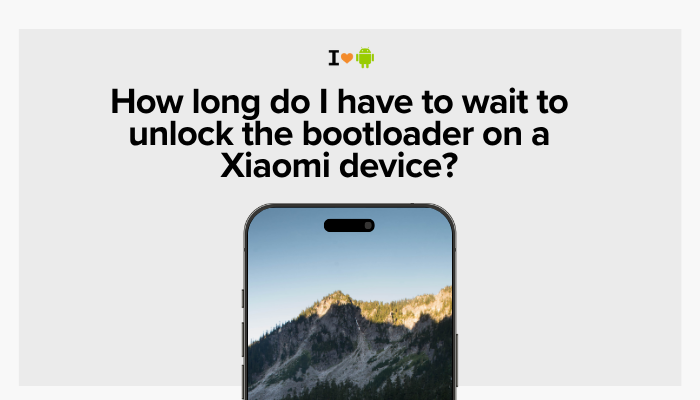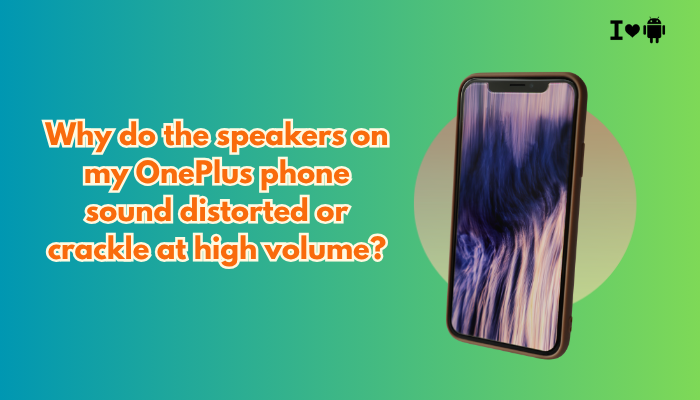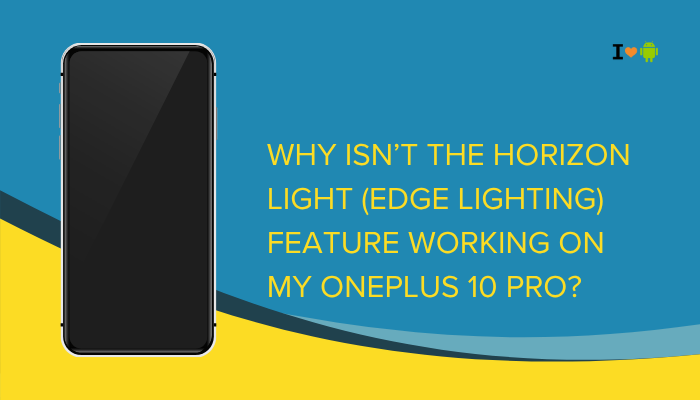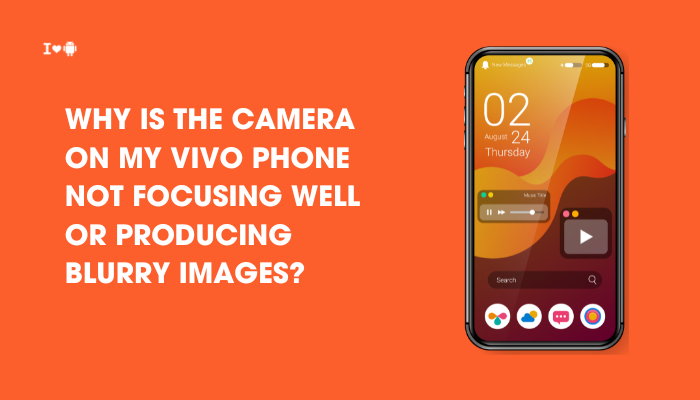The Google Pixel 7 brought back Face Unlock after it was discontinued post-Pixel 4, offering users a fast and convenient way to unlock their phones. While it works well under normal lighting conditions, many users have noticed a key limitation: Face Unlock struggles—or completely fails—in low-light or dark environments. This can be frustrating, especially when trying to unlock the phone at night, in bed, or indoors with dim lighting.
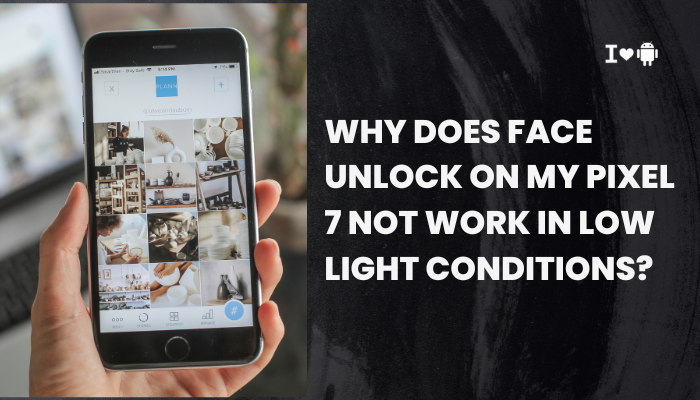
If you’re wondering why this happens, the answer lies in the hardware limitations of the Pixel 7’s face recognition system and the security design choices made by Google. In this article, we’ll explore why Face Unlock is unreliable in low light, how it compares to other phones, and what alternatives or workarounds are available.
Understanding How Face Unlock Works on the Pixel 7
The Pixel 7 uses a 2D facial recognition system based solely on the front-facing selfie camera. This system:
- Captures a photo of your face
- Compares it with the stored image during phone setup
- Uses AI algorithms (powered by the Tensor G2 chip) to recognize your face
Unlike more secure systems, the Pixel 7 does not use infrared (IR) sensors or structured light projection, which are essential for reliable facial recognition in all lighting conditions.
Why Face Unlock Fails in Low Light
Lack of Infrared or Dedicated Face ID Sensors
One of the main reasons Face Unlock struggles in the dark is because the Pixel 7 lacks:
- Infrared camera
- Flood illuminator
- Dot projector
These components allow other phones (like iPhones with Face ID or the older Pixel 4) to scan your face in complete darkness. Infrared light is invisible to the human eye but allows devices to “see” depth and facial features in any lighting condition.
The Pixel 7, using only the regular selfie camera, relies entirely on visible light, making it ineffective in dim environments.
Limited Exposure from the Front Camera
While the front camera on the Pixel 7 is capable, it’s optimized for photography—not low-light scanning:
- It doesn’t have a flash or light emitter for illumination
- Low-light images may lack contrast and detail, making recognition harder
- Motion blur (e.g., from hand movement in darkness) can cause detection errors
The result: Face Unlock either fails silently or delays, prompting fallback to fingerprint or PIN.
Security Trade-offs by Google
To ensure fast performance without compromising too much security, Google limits Face Unlock to certain conditions:
- It only works if the camera can clearly detect facial features
- It requires good contrast and visibility for accurate matching
- In low light, to avoid false matches or spoofing, the system defaults to not unlocking
This decision is deliberate—to avoid compromising user security in cases where facial data is unclear or easy to spoof with photos.
Battery Optimization and AI Constraints
Google’s Tensor G2 chip helps speed up facial detection, but there’s no dedicated image processor for night facial recognition:
- The system avoids using AI-heavy enhancements in low light to preserve battery
- Real-time processing for dim lighting may require more power, which Pixel prioritizes for other features like photography or voice recognition
How Other Phones Handle Face Unlock in the Dark
| Phone Model | Face Unlock Tech | Works in Dark? | Notes |
| iPhone (Face ID) | 3D infrared + dot projector | ✅ Yes | Extremely reliable in all lighting |
| Pixel 4 | IR + Soli radar | ✅ Yes | Removed in later models due to cost |
| Pixel 7 | 2D selfie camera | ❌ No | Works only with good visible lighting |
| Samsung S23+ | 2D + optional iris sensor | ⚠️ Limited | Works better with ambient screen lighting |
| OnePlus 11 | 2D selfie camera | ❌ No | Same limitation as Pixel 7 |
Workarounds and Alternatives
If Face Unlock fails in low light, here are some alternatives and tips:
Use the Fingerprint Sensor
- Pixel 7 has an under-display optical fingerprint sensor, which works in all lighting
- You can use it as a fallback or even as your primary unlock method
Increase Screen Brightness
- The phone tries to use the screen as a light source
- Turn up brightness or enable adaptive brightness to help Face Unlock in low light
- Note: This may still not be enough in near-total darkness
Enable Tap to Wake or Lift to Wake
- Settings > Display > Lock screen > Tap to check phone
- This ensures the camera activates without button presses, speeding up face detection in partial light
Use Smart Lock (With Caution)
- Go to Settings > Security > Advanced > Smart Lock
- Enable Trusted Places or Trusted Devices
- Caution: Smart Lock is less secure and should not be used for sensitive tasks
Turn on “Always Show Time and Info”
- Helps keep the screen awake for quicker Face Unlock attempts
- May improve success rate in moderately lit rooms
Will This Be Fixed in Future Pixel Phones?
Possibly. For Face Unlock to work in all conditions, dedicated facial recognition hardware is required:
- Rumors suggest Google may reintroduce infrared sensors or even 3D face scanning in future Pixel models
- Tensor chips may eventually support better low-light AI processing for facial features
For now, however, this limitation remains on Pixel 7, 7a, and Pixel 8, which use only 2D imaging.
Conclusion
Face Unlock on the Pixel 7 is a convenient feature, but it’s limited by the phone’s lack of infrared or 3D facial recognition hardware. In low-light conditions, the front camera can’t gather enough visual data to accurately verify your identity, which is why the system often fails or falls back to fingerprint or PIN.
While this may be frustrating, it’s a deliberate trade-off by Google to balance speed, convenience, cost, and security. For now, relying on the fingerprint scanner or Smart Lock features in low light is the best workaround—until future Pixel models possibly bring a more robust face authentication system.

